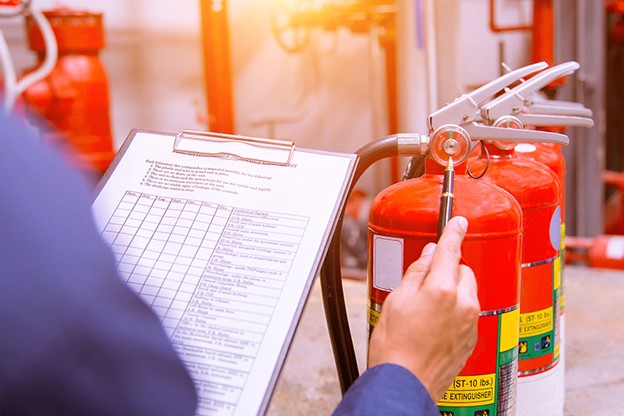On average across the 14 countries, the total cost of fires was 0.65% of GDP. The financial costs associated with serious fires are very high including, in many cases, the failure to start up business again. What may appear to be a small fire in a waste bin, if not dealt with, can quickly spread through a building or a structure. Fire risk assessments are essential for fire prevention in the workplace.
Employers are required to carry out risk assessments under the Safety, Health and Welfare at Work Act 2005. This assessment ensures the development of an optimal fire safety policy, which could potentially save lives. It might be easy to deprioritize fire safety when it doesn’t seem like an immediate threat, but fires can occur at any moment. The purpose of a risk assessment is to enable the employer to decide what needs to be done to eliminate or reduce the safety risks from fire hazards as far as reasonably practical.
What are the main Components of a Fire Risk Assessment? What are the control measures?
Identifying fire hazards and people at risk are two key components of the fire risk assessment. There are five main hazards produced by fire that should be considered when assessing the level of risk:
- Oxygen depletion
- Flames and heat
- Smoke
- Gaseous combustion products
- Structural failure of buildings
The risks from these hazards are then evaluated, and control measures to eliminate or reduce these risks are included in the fire safety risk assessment report.
The fire risk assessment is not a one-off procedure. It should be continually monitored to ensure that the existing fire safety arrangements and fire risk assessment remain realistic. The assessment should be reviewed, at least once a year, or whenever there are significant changes to the premises, such as renovations, changes in processes, or an increase in the number of occupants to ensure that any new fire hazards are identified and addressed.
In summary, the following should be mainly considered for controlling the risk of a fire and its prevention in premises:
- Good housekeeping
- Control of flammable and combustible materials
- Control of ignition sources
- System of work
Why Choose Occupli for Fire Risk Assessments?
Occupli, a leading consultancy service provider, offers expert fire risk assessment services as part of their consultancy services to help you meet your legal requirements and ensure the safety of your premises.
In Ireland, a fire risk assessment should be carried out by a competent fire safety engineer who has the necessary skills, knowledge, and experience to perform the task. Our fire safety engineers are equipped with the knowledge and experience to carry out thorough assessments, ensuring that your premises comply with all legal requirements and fire safety standards to cover all aspects of fire risk management.
For more information on how Occupli can assist with your fire risk assessments and other consultancy services, get in touch with our team of professionals here.

